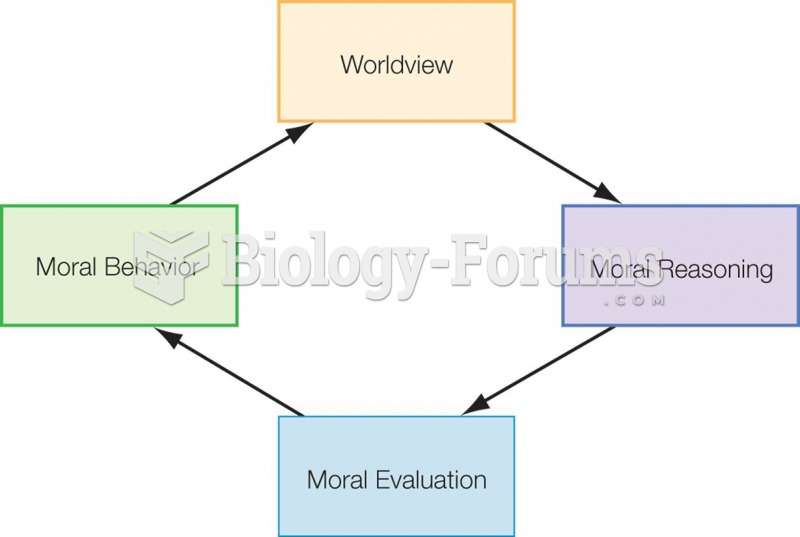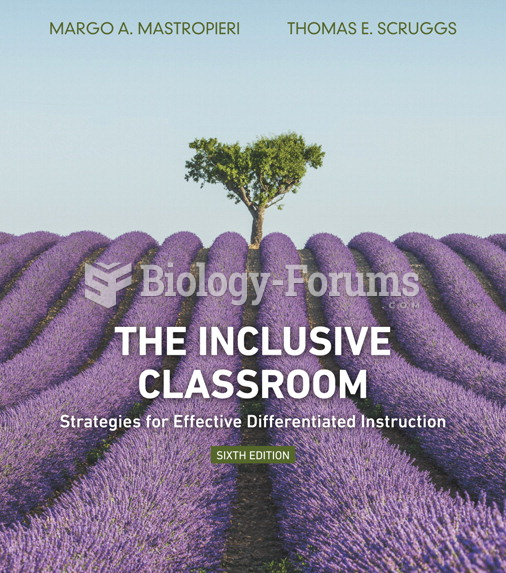|
|
|
Though methadone is often used to treat dependency on other opioids, the drug itself can be abused. Crushing or snorting methadone can achieve the opiate "rush" desired by addicts. Improper use such as these can lead to a dangerous dependency on methadone. This drug now accounts for nearly one-third of opioid-related deaths.
Drug-induced pharmacodynamic effects manifested in older adults include drug-induced renal toxicity, which can be a major factor when these adults are experiencing other kidney problems.
Approximately 500,000 babies are born each year in the United States to teenage mothers.
Approximately 25% of all reported medication errors result from some kind of name confusion.
For pediatric patients, intravenous fluids are the most commonly cited products involved in medication errors that are reported to the USP.







